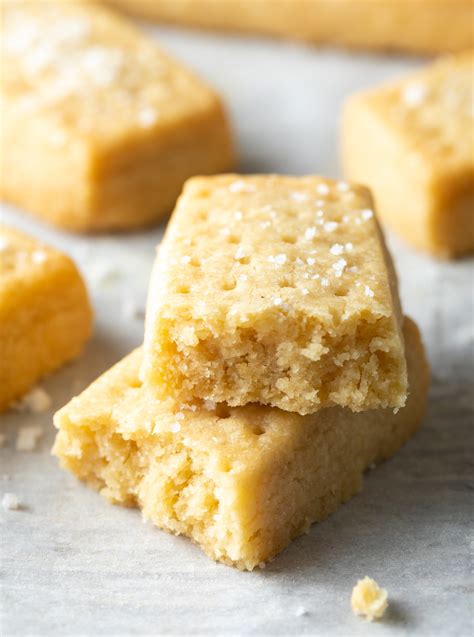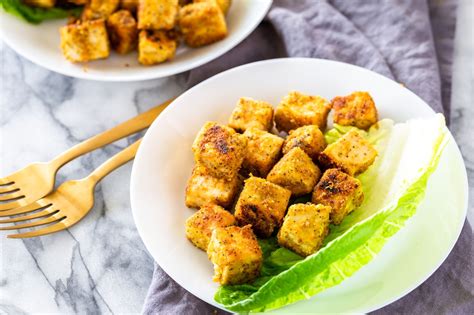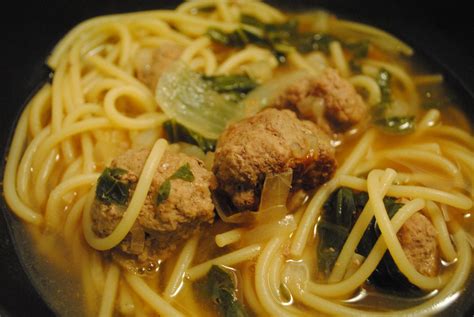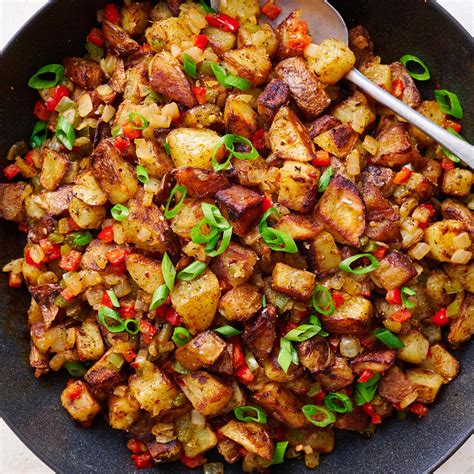Explore the rich and diverse flavors of South African cuisine, from traditional dishes to modern fusion recipes. Discover the influence of indigenous and immigrant ingredients.
Traditional South African Cuisine
Contents
South African cuisine is rich and diverse, with a strong emphasis on traditional cooking methods and indigenous ingredients. One of the most important aspects of traditional South African cuisine is the use of meat, particularly game, as well as locally grown fruits and vegetables. The cuisine also reflects the influence of the indigenous Khoisan and Bantu people, as well as the Dutch, British, Indian, and Malay immigrants who settled in South Africa over the centuries.
Another defining characteristic of traditional South African cuisine is the use of spices and flavorings such as curry, chutney, and apricot jam. These flavors are often used in combination with meats and vegetables to create unique and flavorful dishes. In addition, the popular South African condiment, chutney, is often served with meals to add sweetness and tanginess to the dish.
In terms of cooking methods, traditional South African cuisine includes the use of outdoor grilling and barbecuing, as well as stewing and braising for meats and vegetables. These methods not only enhance the natural flavors of the ingredients but also reflect the country’s outdoor culinary culture.
Overall, traditional South African cuisine is a reflection of the country’s diverse cultural heritage, indigenous ingredients, and unique cooking methods. It is a cuisine that continues to evolve and adapt, while remaining firmly rooted in the traditions and flavors that have shaped it over the centuries.
Influence of Indigenous Ingredients
South African cuisine is a melting pot of different cultural influences, and one of the most significant factors shaping the country’s food is the use of indigenous ingredients. With a rich diversity of fauna and flora, South Africa is home to a variety of unique ingredients that have been used for centuries by indigenous tribes. These ingredients have made their way into the national cuisine, adding depth and complexity to the flavors of traditional dishes.
The use of indigenous ingredients in South African cooking reflects the country’s deep connection to the land and its people. Many traditional recipes feature ingredients such as amaranth, marula fruits, morogo, and buchu, all of which are native to the region. These ingredients are not only flavorful but also have cultural and medicinal significance for the indigenous communities that have been using them for generations.
Colonial influences and the arrival of immigrants from around the world have further enriched the South African culinary landscape, resulting in a fusion of flavors and cooking techniques. Despite these influences, the use of indigenous ingredients remains at the heart of many popular South African dishes, serving as a reminder of the country’s rich cultural heritage.
From the iconic bobotie to the spicy bunny chow, indigenous ingredients play a key role in shaping the flavors and textures of these beloved dishes. They add a distinct South African touch to each recipe, making them truly unique and reflective of the country’s diverse culinary heritage.
As South African cuisine continues to evolve, chefs and home cooks alike are finding innovative ways to incorporate indigenous ingredients into modern fusion recipes. By doing so, they are not only preserving the authenticity of traditional dishes but also creating exciting new flavors that celebrate the country’s rich culinary heritage.
Colonial and Immigrant Influences
South African cuisine is a rich tapestry of flavors and influences, with colonial and immigrant influences playing a significant role in shaping the country’s food culture. The arrival of European settlers, along with slaves from Asia and the Indian subcontinent, brought a diverse range of cooking styles and ingredients to South Africa. As a result, South African cuisine has evolved to incorporate a wide variety of flavors and techniques.
The colonial influence is evident in dishes such as Bobotie, a savory minced meat pie with a custard topping, which is believed to have been inspired by Indonesian cuisine. The use of spices such as curry powder and turmeric reflects the influence of Indian and Malay cooking, while the incorporation of fruits such as apricots and raisins is reminiscent of Dutch and English cooking traditions.
Immigrant communities have also left their mark on South African cuisine, with dishes like Biryani and Samoosas becoming popular staples. The blending of different culinary traditions has resulted in unique fusion dishes, such as Cape Malay Curry, which combines Indian spices with local ingredients to create a distinctively South African flavor profile.
Furthermore, the introduction of new ingredients such as maize, potatoes, and tomatoes by European settlers had a profound impact on traditional African cooking, leading to the creation of dishes like Pap (maize porridge) and Chakalaka (a spicy vegetable relish).
In conclusion, the colonial and immigrant influences on South African cuisine have shaped the country’s food culture in profound ways, resulting in a vibrant and diverse culinary landscape that continues to evolve and adapt to the changing tastes and preferences of its people.
Popular South African Dishes
South African cuisine is a melting pot of flavors and influences, resulting in a diverse range of popular dishes that showcase the country’s rich culinary heritage. From savory stews to flavorful meats and delectable desserts, South African dishes are known for their unique blend of indigenous ingredients and global influences.
One of the most popular South African dishes is Bobotie, a flavorful and aromatic meatloaf that is seasoned with a medley of spices and topped with an egg custard. This dish is a perfect example of the influence of colonial and immigrant flavors in South African cuisine, as it originated from the Cape Malay community.
Braai, or grilled meat, is a staple of South African cuisine and is often enjoyed at social gatherings and family get-togethers. Whether it’s succulent steaks, spicy sausages, or marinated chicken, the art of braaing is deeply ingrained in South African culture and is a favorite way to enjoy a meal with loved ones.
When it comes to desserts, Melktert is a beloved South African treat that consists of a creamy custard filling encased in a buttery, flaky crust. This sweet confection is a delightful end to any meal and showcases the influence of Dutch and Malay flavors in South African cuisine.
Pap and vleis, a traditional South African dish consisting of maize porridge and grilled meat, is a beloved comfort food that is enjoyed by people of all ages. Whether it’s served with tangy chakalaka or spicy tomato and onion gravy, this dish embodies the heart and soul of South African cooking.
Modern Fusion Recipes
With the rise of globalization and the cross-pollination of cultures, modern fusion recipes have become increasingly popular in South Africa. These recipes combine traditional South African ingredients and cooking techniques with flavors and culinary traditions from around the world. The result is a unique and exciting blend of tastes and textures that reflects the vibrant diversity of South African cuisine.
One example of a modern fusion recipe is the Cape Malay curry, which incorporates Indian spices such as cumin, coriander, and turmeric with local South African ingredients like lamb, apricots, and almonds. This dish represents the fusion of Indian and South African culinary influences, resulting in a rich and aromatic curry that is beloved by locals and visitors alike.
Another popular modern fusion recipe is the Bunny Chow, a South African street food that originated in the Indian community of Durban. This dish features a hollowed-out loaf of bread filled with a spicy curry, combining Indian flavors with South African bread-making techniques. The result is a hearty and flavorful meal that has become a beloved staple of South African cuisine.
Modern fusion recipes continue to evolve and innovate, as chefs and home cooks across South Africa experiment with new combinations of ingredients and cooking styles. The result is a culinary landscape that is as diverse and dynamic as the country itself, reflecting the rich tapestry of cultures and traditions that make up modern South African society.













